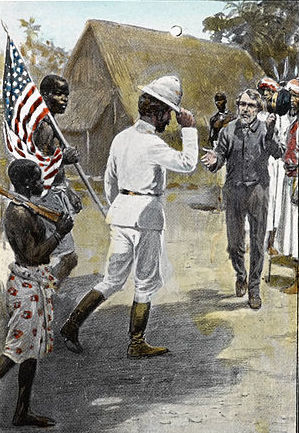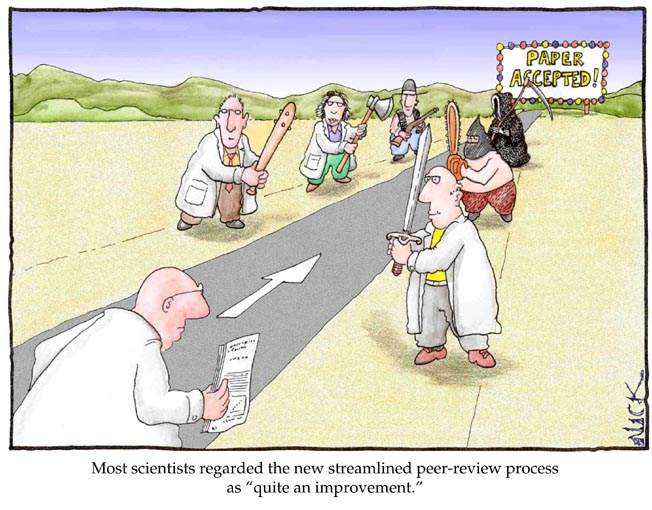If you write your grant application in the way that I recommend, you should leave the introduction until last. The reason is that, by the time you start to write the introduction, you will already have written everything you need to say in it. You just need to copy it and paste it into the right place.
Here’s how it works. There are five things that you need to say in the introduction to a grant application,
- what you will do,
- why it is important,
- your research aims,
- your research objectives, and
- what you will do with the results.
1. What you will do
Your first sentence should say what the outcome of your research project will be. Ideally it will also say something about how you will go about producing this outcome and give a hint of your credentials for doing it. If you followed the advice in my last post then you will already have written the perfect sentence to do this, key sentence 1. You can just copy and paste it to the beginning of the introduction.
2. Why it is important
Your next sentence should say why the outcome is important. It will do this with reference to an important research question. My last post described how to write this sentence, key sentence 2, introducing one of the sub-sections of the background section. You should copy it and paste it into the introduction.
3. Your research aims
Next you need to state how the outcome of the project depends on about three things that we need to know. My last post explained how to state this in 3 sentences (key sentences 3, 4 and 5). You should copy and paste these from their positions in the background section of the case for support into the introduction. At this point you may wish to edit the sentences so that you can run them together as a list of aims. Whatever editing you do you should avoid changing any of the technical phrases for reasons I will explain below.
4. Your research objectives
Then you need to say that the research project will tell us each of the three things that we need to know. If you followed the advice I gave a couple of weeks ago or earlier, you will have put four sentences that do precisely this at strategic points in the description of your research project. They are key sentences 6, 7, 8 and 9; copy them and paste them into the introduction.
5. What you will do with the results
Finally you need to say what you will do with the results. You will already have written key sentence 10, which says exactly this and introduces the last part of the description of the project. Copy it and paste it into the introduction.
Exact repetition of the key sentences increases your chances of getting funded
When you copy and paste the key sentences you should keep the phrases that refer to your research activities exactly the same. It’s OK to change the structure, as long as you keep the parts that refer to research activities exactly the same. For example you might change three sentences saying “We need to know X.”; “We need to understand Y”; and “We need to characterise Z” to a list of aims, such as “Our aims are:- to discover X; to understand Y; and to characterise Z”. But you should not change the phrases X, Y and Z or the verbs discover, understand and characterise.
One reason that you should not change phrases when you repeat is that to do so would be a stylistic error known as elegant variation. However, there is an important practical reason that exact repetition is good.
The value of exact repetition comes from the way that a grants committee deals with applications. One or two members of the committee have to read each application and explain it to the rest of the committee. Usually they do this by stating what you will do, why it is important, your research aims, your research objectives, and what you will do with the results. This is quite a difficult thing to do because they will not have had much time to read the proposal and they will have to present several other grant applications the same day: I once had to present 10 applications in a single meeting.
Anything that you can do to make the job of presenting your grant to the committee easier will be welcome. If you write the introduction the way I have suggested, it will be the perfect set of notes for the presentation. What could be better than that?
I frequently encounter academics who feel that you should change the words when you repeat a message even though the meaning is exactly the same. I encounter two arguments for this.
- The first argument is that the reader will get bored if they see the same phrase twice. This is not so. For the most important readers the repetition is a useful and reassuring signal. The members of the committee that decides whether to fund your grant are unlikely to be familiar with the details of your research area and may not completely understand the phrases. Repeating the phrases exactly helps them to see that you are saying the same thing again. To say the same thing with different words is very risky indeed. The most likely outcome is that they will think you are saying two different things.
- The second argument – which usually follows immediately I give the explanation in the previous paragraph – is that by using different ways of saying the same thing, you increase the chance that the reader will understand at least once. Even if it’s true, it’s no help for the reader to understand once because they will still think that when you repeat the sentence with different words that you are saying something different. It is far better to use exactly the same words because you increase the chance that the reader will remember the phrase, and even if they don’t understand it they may think that they do.




